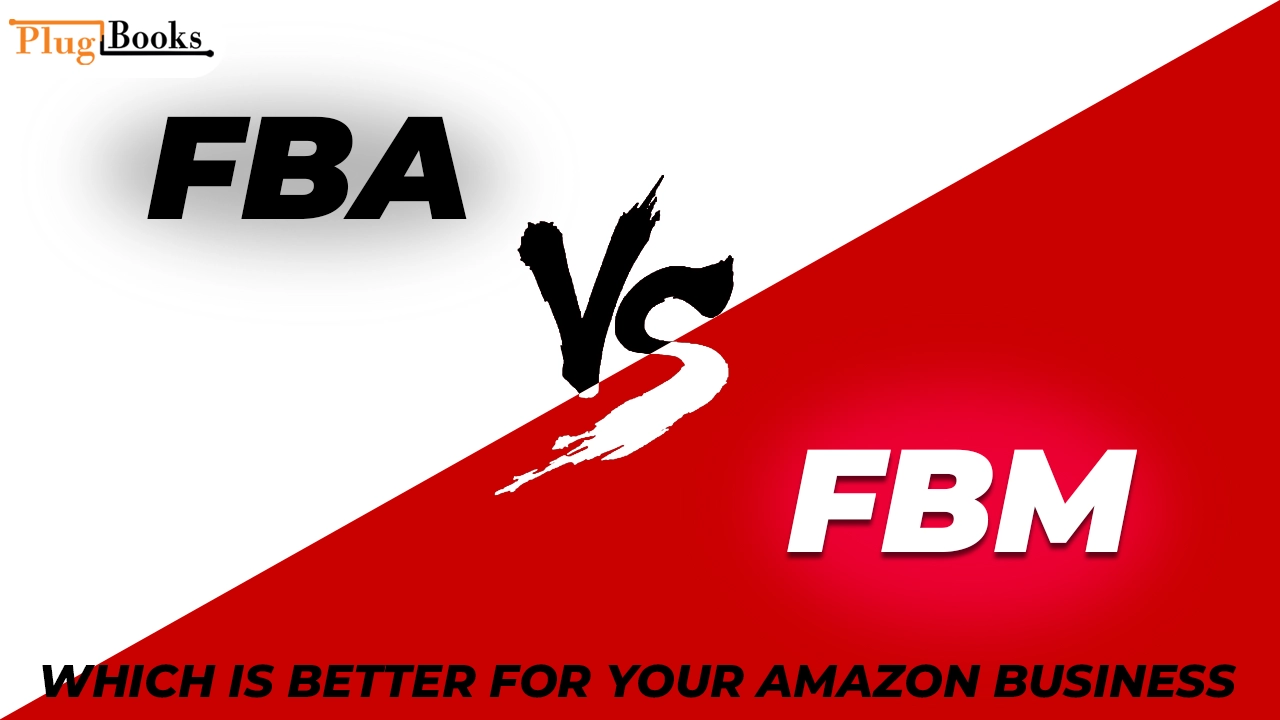When it comes to selling on Amazon, choosing the right fulfillment method can make or break your business. The two primary options—FBA (Fulfillment by Amazon) and FBM (Fulfilled by Merchant)—each offer unique advantages and challenges. Understanding these differences is crucial for optimizing your sales strategy. Let’s dive into the comparison of FBA vs FBM to help you make an informed decision.
What is FBA?
Fulfillment by Amazon (FBA) allows sellers to store their inventory in Amazon’s warehouses. Amazon handles packing, shipping, customer service, and returns on your behalf. This service is perfect for sellers who want a hands-off approach to logistics.
Key Benefits of FBA:
- Prime Eligibility: Products fulfilled via FBA automatically qualify for Amazon Prime, boosting visibility and sales.
- Time Savings: With Amazon managing storage and shipping, you can focus on other aspects of your business.
- Customer Trust: Amazon’s trusted name ensures a high standard of service.
However, FBA comes with storage and fulfillment fees, which can add up, especially for slow-moving inventory. This is a key factor when considering FBA vs FBM for your business strategy.
What is FBM?
Fulfilled by Merchant (FBM) means you, as the seller, handle the entire fulfillment process. From inventory storage to packing and shipping, everything is managed by you or your team.
Key Benefits of FBM:
- Cost Control: You avoid FBA’s fees, making it a cost-effective option for larger or lower-margin products.
- Flexibility: You have complete control over your inventory and shipping processes.
- Profit Margins: By cutting out Amazon’s storage costs, you can increase your profits on every sale.
FBM requires more effort and resources, especially for customer service and logistics. It’s a better fit for sellers with efficient systems already in place. Comparing FBA vs FBM shows that FBM is ideal for sellers who value control and cost management.
FBA vs FBM: Which One Should You Choose?
The decision between FBA and FBM depends on your business goals, product type, and resources.
When to Choose FBA:
- You sell small, high-demand products with a high turnover rate.
- You want access to Amazon Prime’s vast customer base.
- You prefer to focus on growing your brand rather than managing logistics. FBA vs FBM discussions often highlight the convenience of FBA for scaling quickly.
When to Choose FBM:
- You sell oversized or low-margin products that would incur high FBA fees.
- You already have a streamlined fulfillment process.
- You want more control over your inventory and customer service. FBM shines in the FBA vs FBM debate when cost savings and flexibility are key priorities.
How PlugBooks Can Help
Managing fulfillment can be overwhelming, regardless of your choice. That’s where PlugBooks comes in. PlugBooks provides comprehensive solutions to simplify your business operations, from bookkeeping to inventory management. By integrating PlugBooks with your Amazon store, you can track sales, manage expenses, and stay tax-compliant, giving you more time to focus on growing your business. Whether you choose FBA vs FBM, PlugBooks has the tools to streamline your processes.
Check out PlugBooks to learn how it can support your Amazon selling journey.

Final Thoughts: FBA vs FBM
Choosing between FBA and FBM is not a one-size-fits-all decision. Consider your business needs, product type, and financial goals before making a choice. Many sellers even use a hybrid approach, leveraging both methods for different product lines. Whichever route you take, tools like PlugBooks can streamline your workflow and boost profitability.
Take the time to evaluate your options in the FBA vs FBM debate, and you’ll be well on your way to Amazon success!




One thought on “FBA vs FBM: Which is Better for Your Amazon Business?”